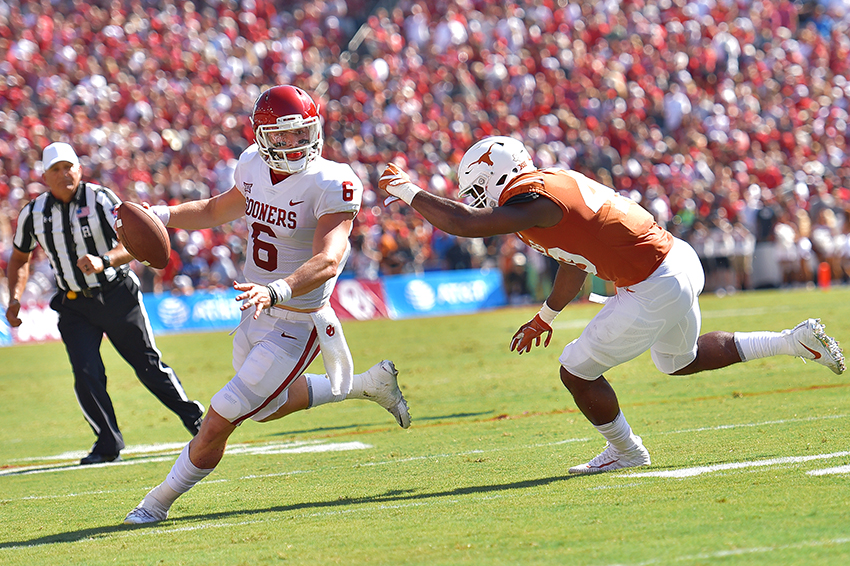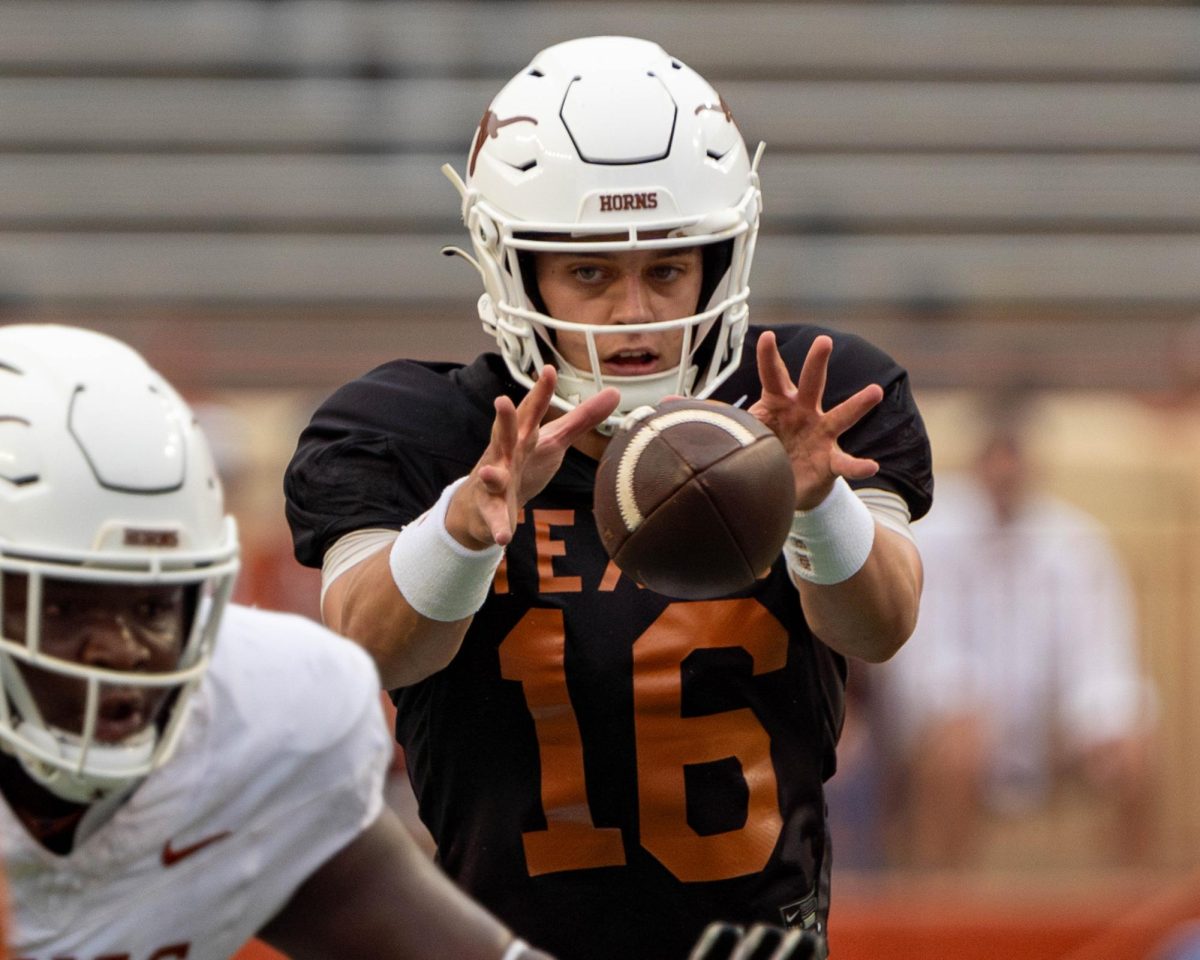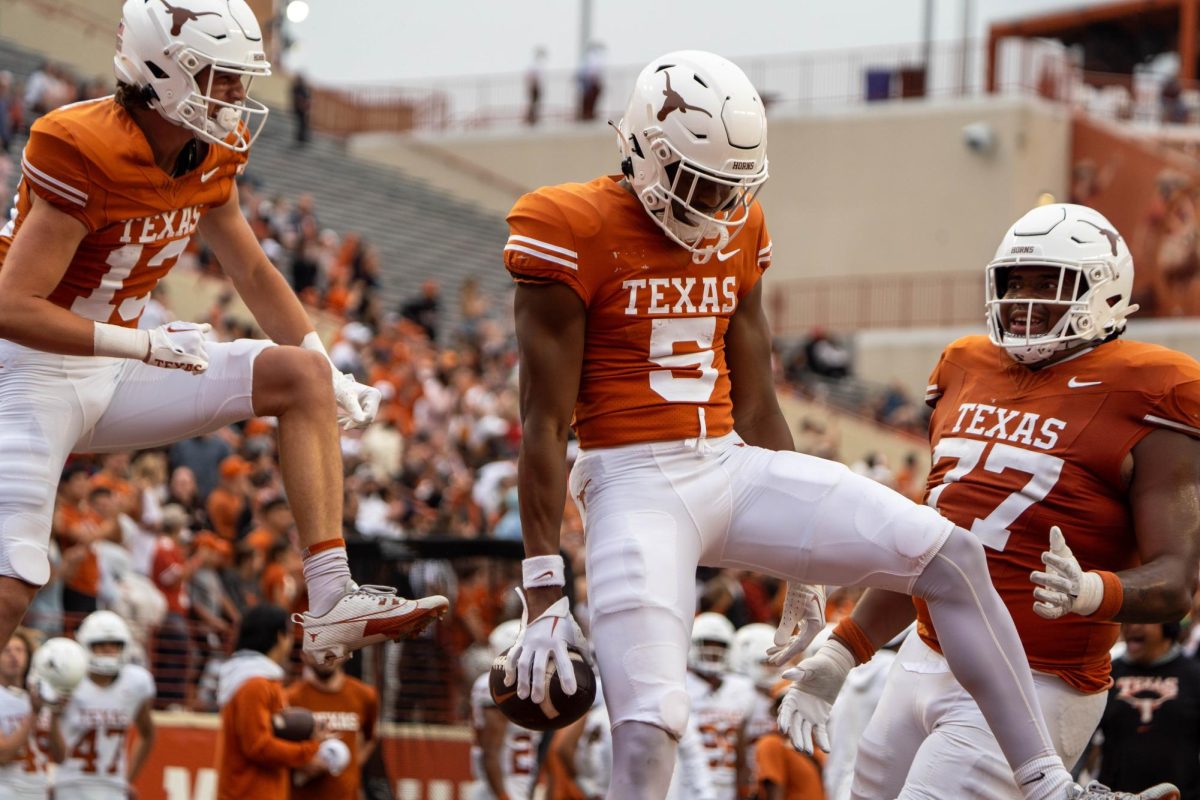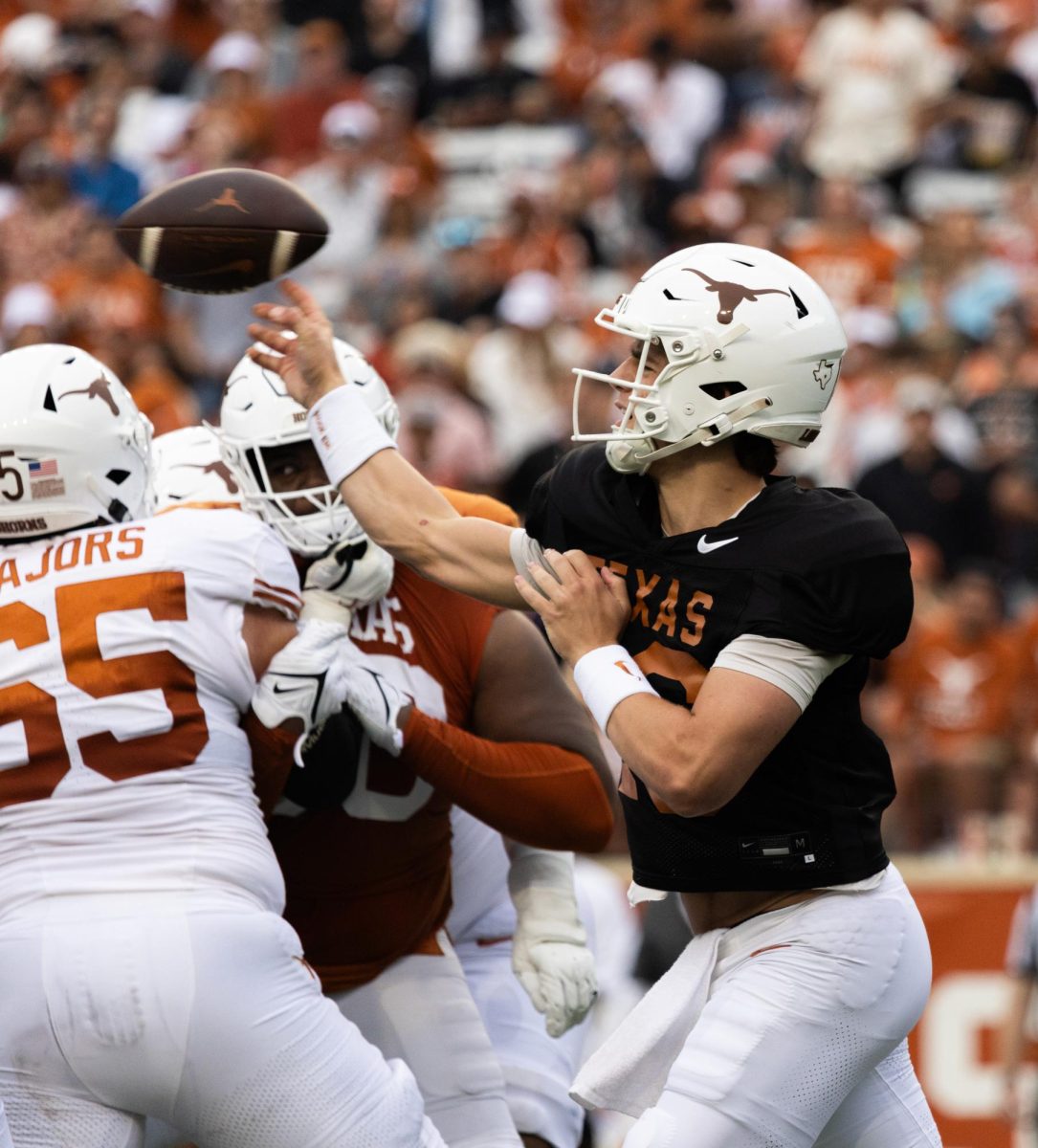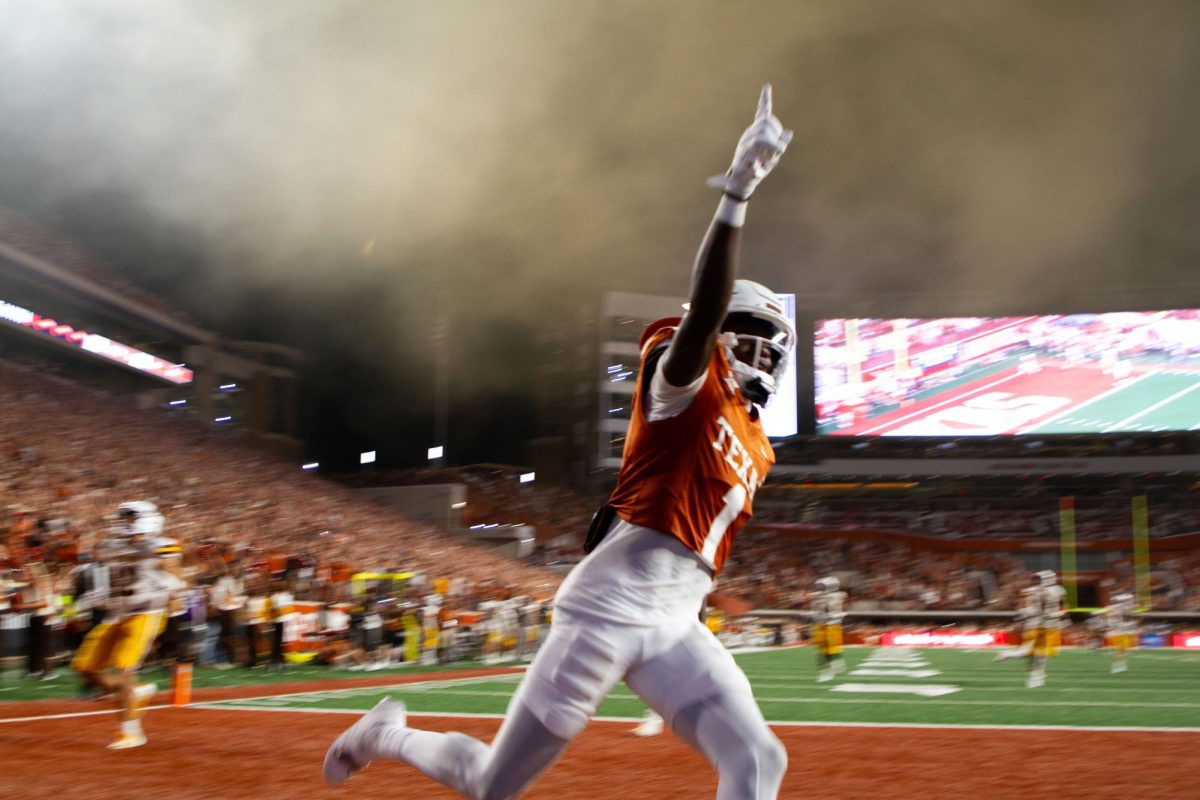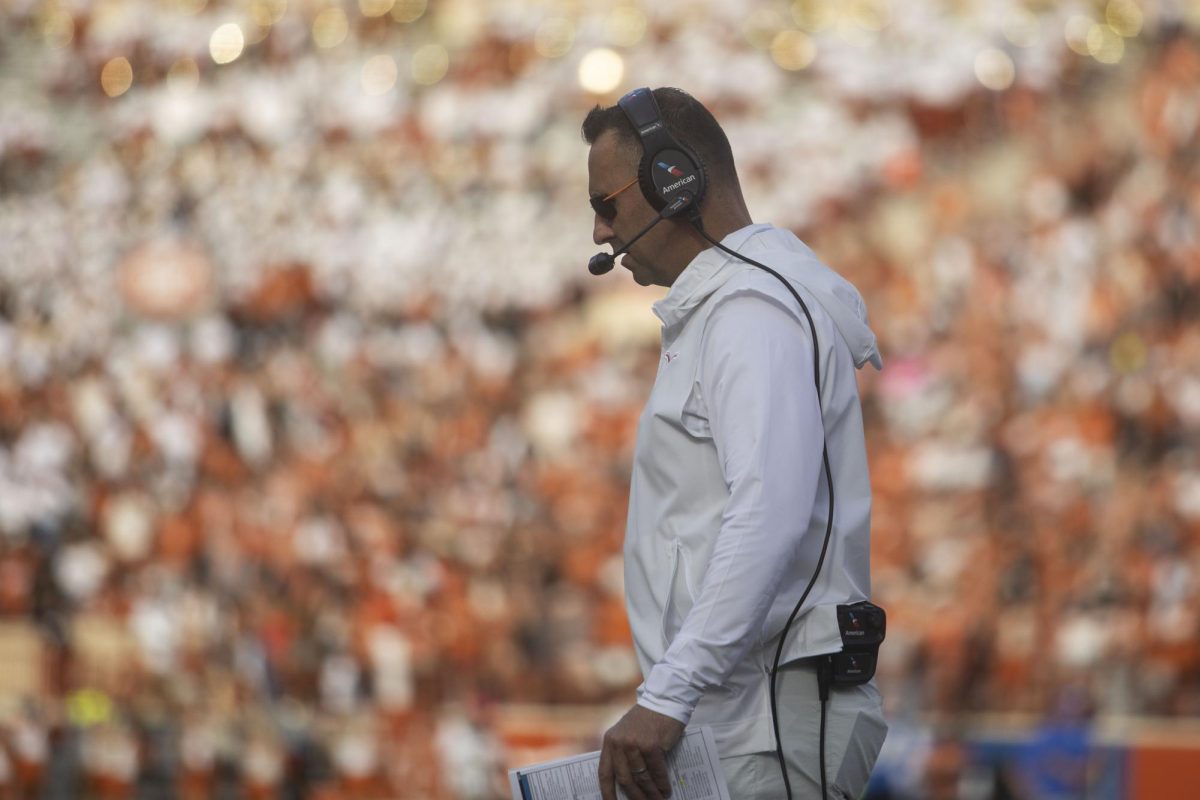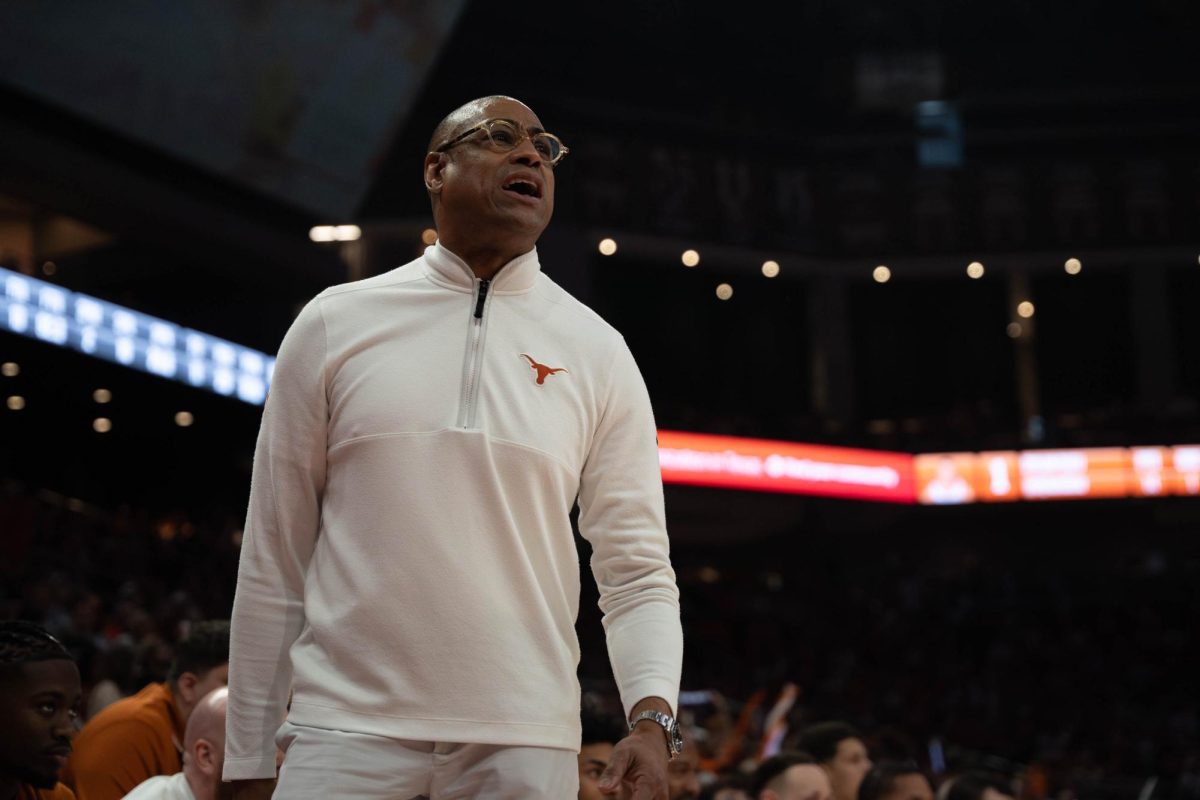Following Bob Stoops’ departure in 2017, the Oklahoma Sooners promoted Lincoln Riley, their offensive coordinator and quarterbacks coach, to head coach. Although Riley would become the youngest head coach in FBS football, he would also inherit prolific talent perfectly suited for his diverse offensive scheme.
Part of what makes Riley’s offense so effective is its balance and explosiveness. From Heisman-campaigning quarterbacks to gaining over 3,000 yards on the ground, Oklahoma’s offense can be lethal in a multitude of ways. For example, Riley’s counter run designs, a staple of his offense, prove that lethality through creative adaptations to the simple run.
Counter runs are at the heart of power football. Combining downhill, power running with pulling lead-blockers, the counter run can gash defenses if executed well.
The counter play is designed to pull the backside offensive guard and tackle (or tight-end/H-back) toward the play, shifting the gaps and numbers in favor of the offense. If the timing works out, the guard will block the closest defender as the tackle wraps around to become the lead blocker.
Oklahoma executes counter runs in its sleep. It’s practically second nature to the offense. What makes them dangerous at Oklahoma, though, are the additional wrinkles that can be utilized.
One of the most valuable pieces to a college offense is a quarterback with the ability to run. With quarterbacks such as Baker Mayfield and Kyler Murray at the helm of Riley’s offense, the threat of the quarterback run adds another layer of explosion.
As seen above against Texas, the Sooners found success early in 2017 running their counter scheme. In this case, the offensive line blocks counter exactly how it’s supposed to be ran. However, the threat of Mayfield reading the defense, keeping the ball and running forces Texas to play disciplined football, ensuring that he can’t break outside.
Simply put, the threat gives Oklahoma an advantage in the run game. The counter read isn’t anything revolutionary, but it’s something that the defense has to account for.
The counter helps define power football, but Oklahoma’s adaptations are more about outsmarting opponents rather than forcefully beating them down. During last year’s Rose Bowl, Riley and company demonstrated that.
On this explosive run, Oklahoma begins with two backs next to Mayfield and motions one toward the strong side of the formation. The Sooners then run counter into the boundary side and bust the play open for over 30 yards.
Looking closely at the design, it’s not hard to tell that Oklahoma’s motion gave the offense an unmatchable advantage. As the running back (#24) motions to the field, the defense’s middle linebacker shuffles over to match up with him, giving Oklahoma the space it needs for their “pullers” to clean up the scraps.
Lincoln Riley doesn’t stop there, though. Against UCLA this season, Oklahoma ran another counter wrinkle in the red zone to produce an untouched rushing touchdown. The Sooners once again line up with two backs in the formation, but this time the offense uses a receiver as the motion man.
The motion and counter read provides three options for Murray. He can either hand off the counter, keep it for himself on the read or toss the ball to the motion man. It becomes clear with such limited space why the concept is so dangerous when ran right: the defense will always pick wrong.
These are just a few examples of how Riley has utilized the counter scheme, but there is so much more that can be subtly tweaked to change the play. As Riley tinkers with adding pieces of concepts to his counter week-to-week, such as deadly run-pass options, the Sooner offense remains potent.
Heading to the Cotton Bowl to take on the Longhorns, Riley can throw the kitchen sink at Todd Orlando’s defense. It likely won’t be anything that Orlando hasn’t seen, but that doesn’t mean it will be predictable.



